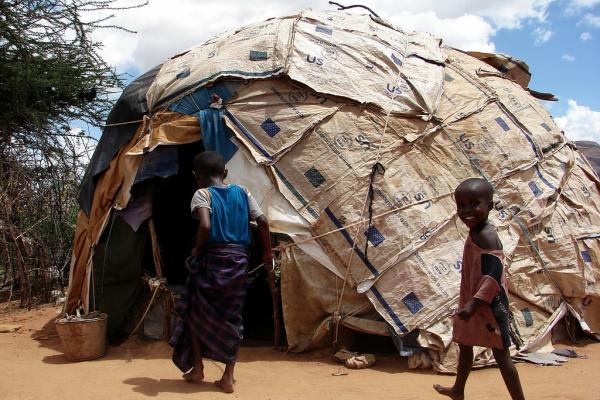Feb 23, 2017
In Dadaab refugee camp, a researcher recorded a Somali term for the particular feeling of longing for resettlement: buufis, “a kind of depression rooted in an inextinguishable hope for a life elsewhere that simultaneously casts the present into shadow.”
Read the Full Article

Already a subscriber? Login
